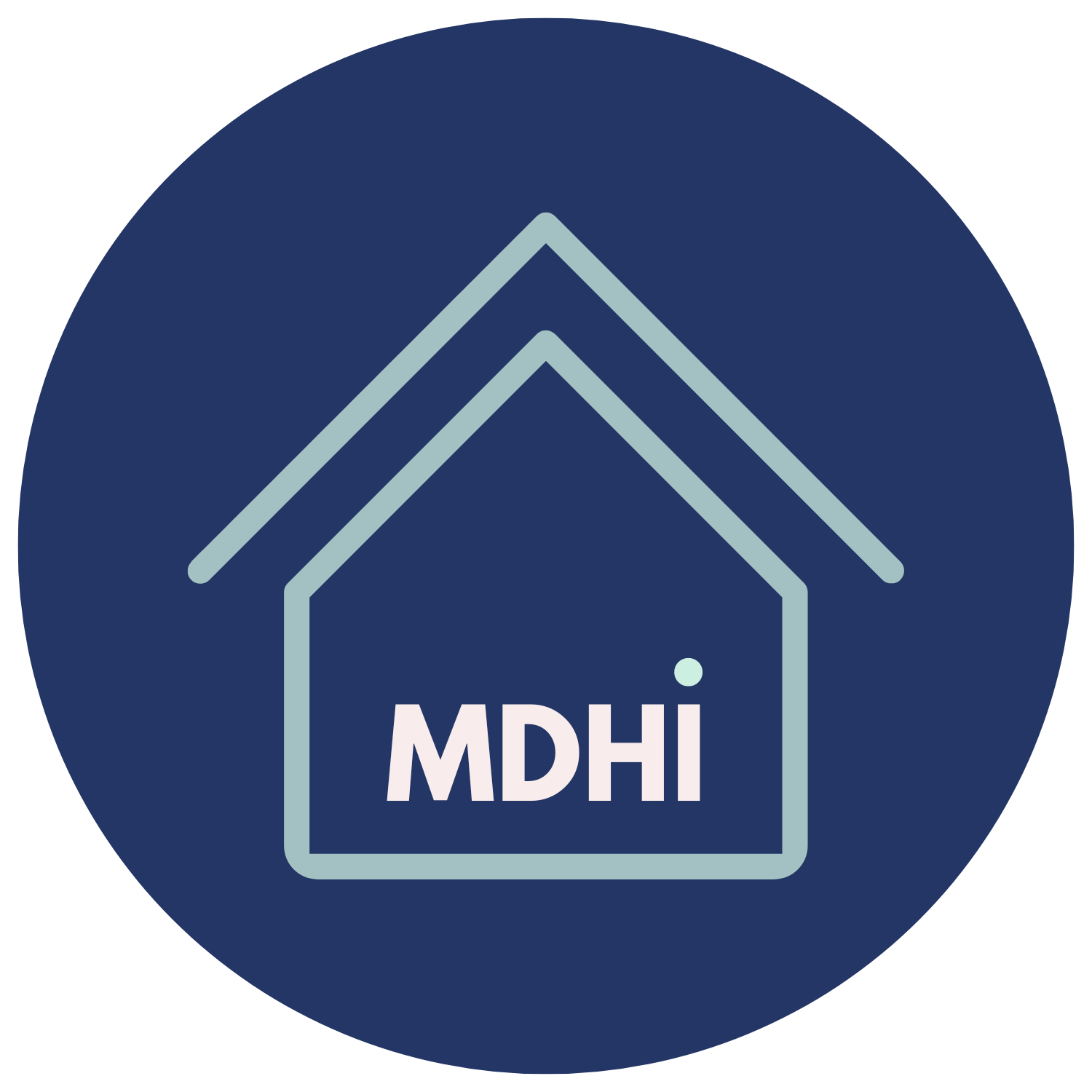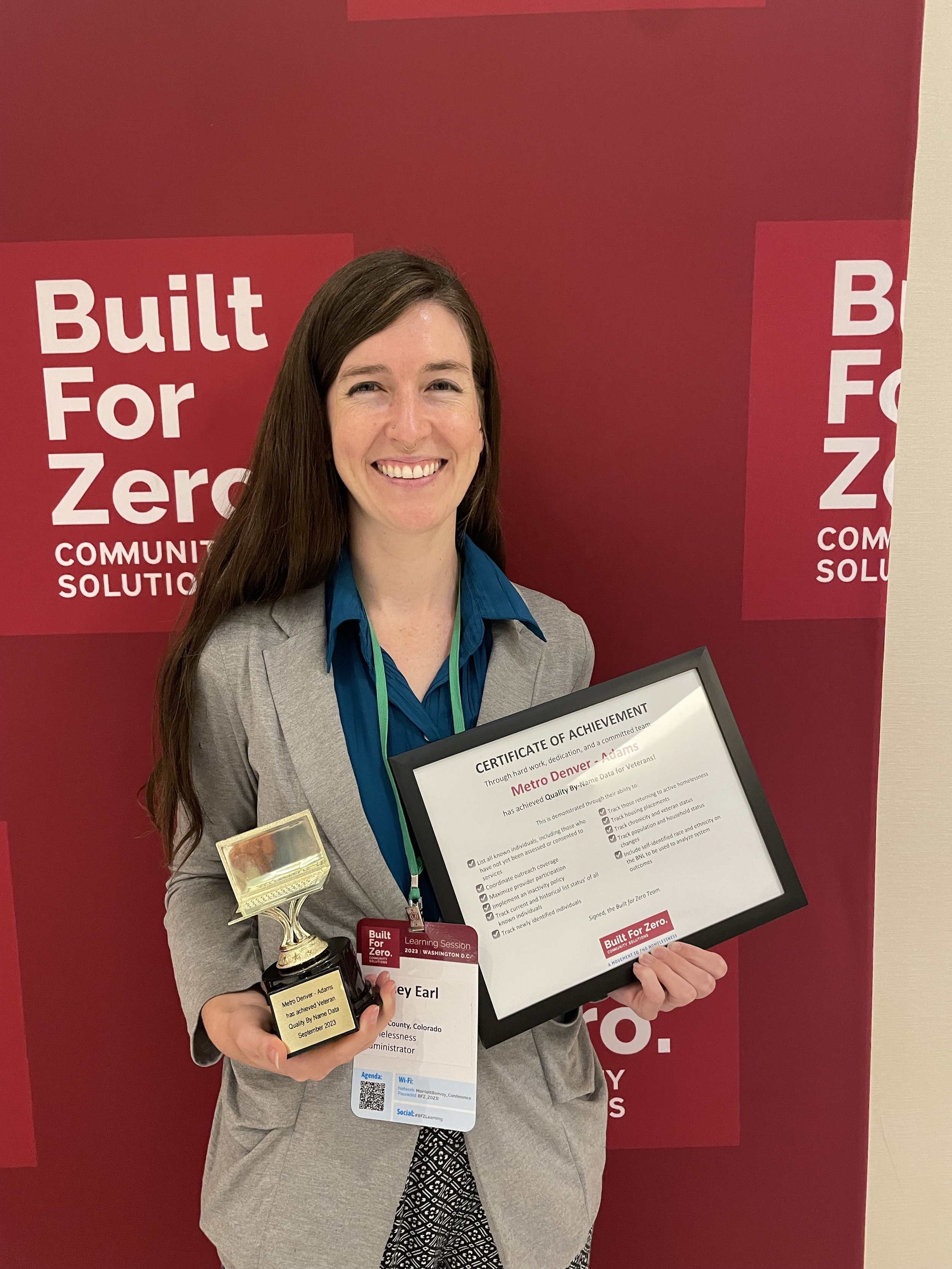Regional Coordination
We believe homelessness is solvable. That’s why we’re leading and advancing collaboration to end homelessness across the region, supporting local communities to achieve the quality data and infrastructure they need to succeed.
The Aim
By December 31, 2027, MDHI and its partners will:
have quality all singles data in 9 of 9 subregions
have quality data for youth in the region
have quality data for families in the region
have reached functional zero in all subregions for Veterans
have 4 subregions ended homelessness for at least one of the following sub-populations
(all singles, chronic singles, families)
Regional Progress to Date
As of January 28, 2024
-
The Scorecard is a list of questions that provide guidance on how to develop a By-Name List of people experiencing homelessness and helps us assess whether the data is of sufficient quality to measure progress toward ending homelessness. This tool was developed by Community Solutions as part of their Built for Zero (BFZ) methodology.
-
Quality Data means we can account for everyone experiencing homelessness by name in a given population. This Quality By-Name List (BNL) helps us understand the scope of homelessness in each subregion, describes the inflow and outflow on an ongoing basis, and helps us measure our progress towards ending it.
-
Functional Zero is a measurable end to homelessness, where the number of people unhoused is less than or equal to the subregion’s housing capacity.
#Actively Homeless < Housing Placement Rate
This means that everyone who needs a housing resource can get one in a timely manner.
According to Community Solutions, “Functional zero does not mean nobody is experiencing homelessness, or that no one will experience homelessness. It does mean that a community has driven that number down toward zero, and is keeping it below the community’s capacity to ensure positive exits from homelessness.”
-
9/9 subregions achieve quality data for Veterans
4/9 subregions achieve functional zero for Veterans
33% reduction in the number of Veterans actively experiencing homelessness across 9 sub-regions
Build out data infrastructure in HMIS to support all subpopulations (families, youth, single adults, chronically homeless
Background on Regional Coordination
Built for Zero is a movement to measurably and equitably end homelessness. It uses community-level measurement, coordinated teams, comprehensive data, and targeted, data-driven investments to accomplish this aim. Over 100+ cities participate, including the Denver metro area.
Our efforts are centered around local planning and leadership, with our role being the facilitation of regional meetings, technical support, and data infrastructure.
Beginning with Veterans as a proofpoint, our region is using the Built for Zero framework to end homelessness. Why Veterans? The Department of Veterans Affairs has more housing resources than the family, youth, and single adult system, a critical part of exiting people from homelessness.
Stay updated on our region’s progress by subscribing to our newsletter.
Sincerely, thank you!
MDHI would like to extend a sincere thank you to the providers, frontline staff, CoC partners, elected leaders, people with lived expertise, and all stakeholders that collaborate every day to end homelessness and housing instability in our region. You are so needed.
We’d also like to thank Community Solutions for bringing this model to Metro Denver and supporting us along the way. Only by working together can we make homelessness history in our region.





